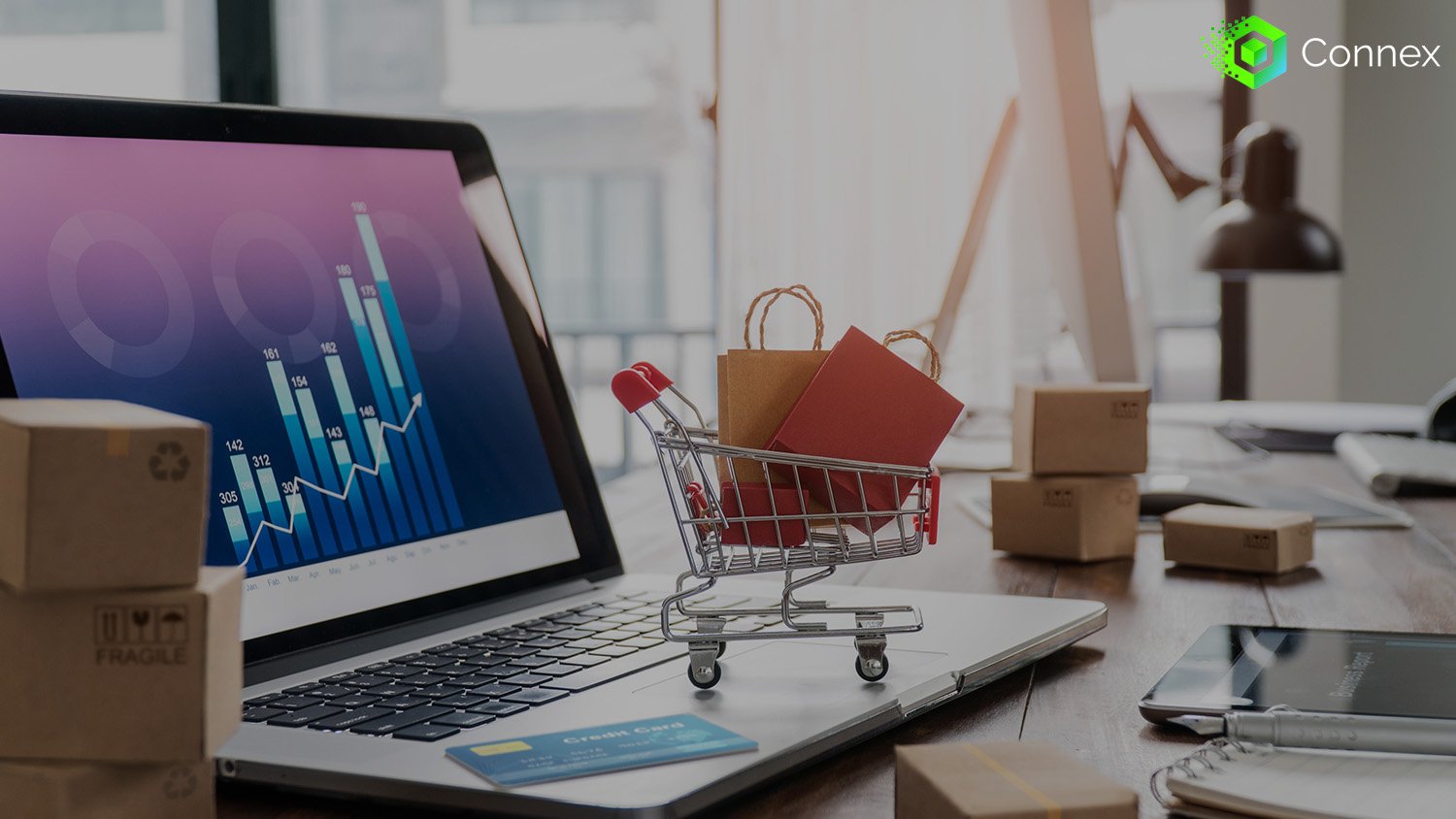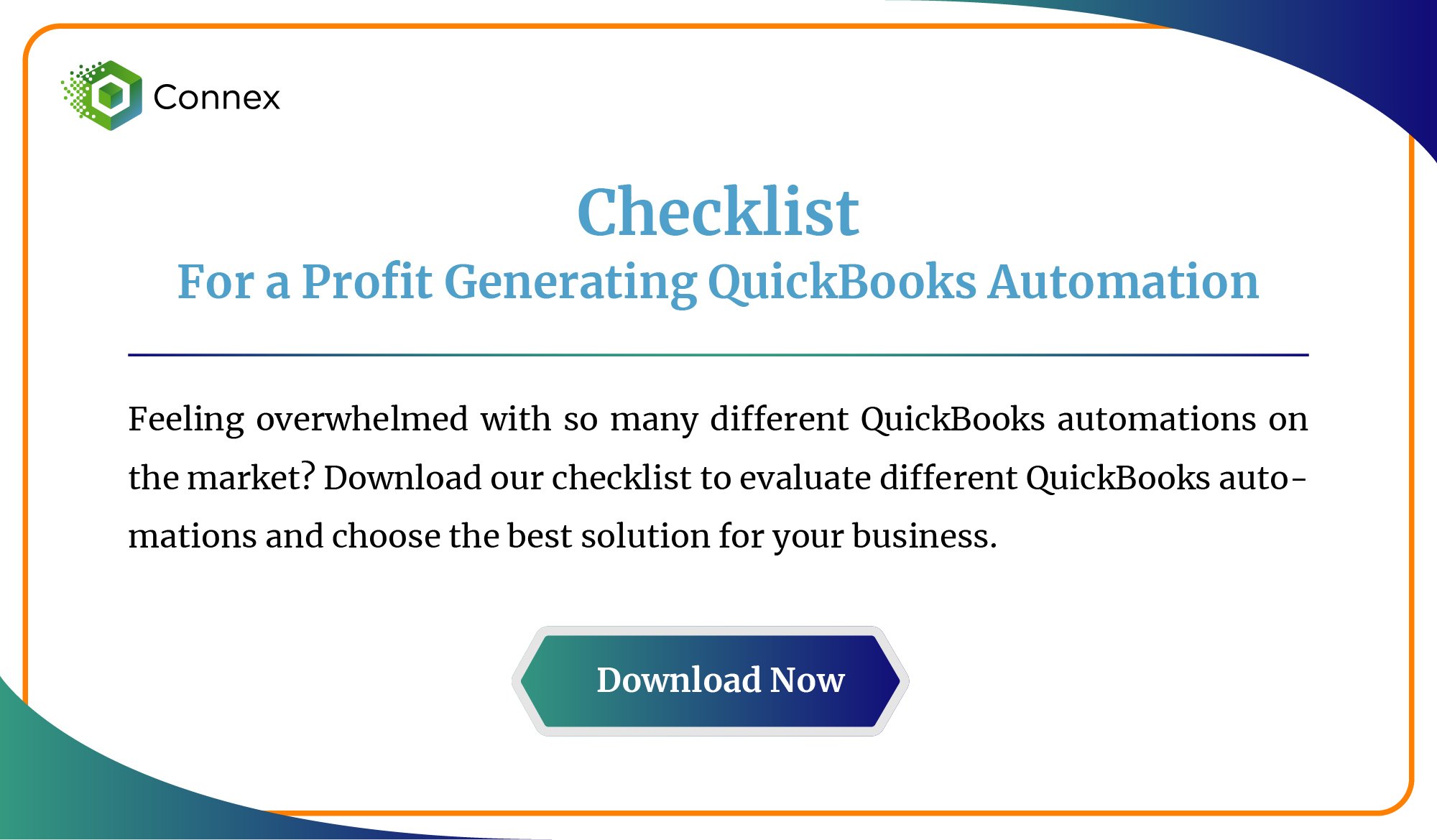As a growing business, you know that shipping logistics can be one of your operations' most complicated and time-consuming parts. From dealing with different courier companies to ensuring orders are shipped on time and accurately, the challenges of shipping logistics can seem impossible.
And with so many factors to consider and such a wide variety of tools and services, it can be difficult to manage to ship and keep track of orders. This article will explore the seven most significant challenges of shipping logistics and how businesses can overcome them.
We'll also discuss how ShipStation can help businesses streamline their shipping processes by aggregating sales from different marketplaces.
Understanding the Logistics Industry's Central Challenges
Logistics is an integral part of any business, and the logistics industry has faced some major challenges in recent years. Many eCommerce businesses have had to adjust to stay competitive and meet increasing customer expectations.
Logistics operations and processes have become increasingly complex, involving the entire supply chain, from raw material sourcing to production, distribution, and delivery. eCommerce businesses must find ways to reduce transportation costs, optimize route and load optimization, and manage business processes.
At the same time, there is a growing demand for faster delivery services and cutting transportation costs. Companies are forced to find new ways to optimize their supply chain operations to remain profitable.
In the face of these challenges, business owners need to be prepared for the future challenges of logistics management. By investing in technology that can help consolidate shipments and streamline processes, businesses can improve delivery service while cutting transportation costs. By keeping track of these logistics challenges, businesses can ensure they are ready to face future logistics management challenges
Cost Management
Cost management in shipping logistics involves:
-
Ensuring that expenses are balanced with providing quality customer service.
-
Maintaining adequate inventory levels.
-
Staying competitive in the market.
According to a report by the Internal Revenue Service, transportation, and shipping costs are one of the top three expenses for small businesses, accounting for approximately 15% of their total expenses.
Companies can negotiate better rates with carriers to manage costs effectively by building strong, long-term relationships. Another strategy is to streamline and automate supply chain processes, which can help reduce handling costs and increase efficiency.
Technology, such as transportation management systems, can also automate processes and provide cost visibility, allowing companies to make informed decisions and optimize their operations.
Capacity Constraints
Capacity constraints refer to the limited availability of transportation and storage resources in shipping logistics processes. This can result in a shortage of available trucks, trains, ships, and warehouse space, making it difficult for companies to meet customer demand and deliver goods on time.
Various factors, including increased demand for shipping services, bottlenecks at ports and other transportation hubs, and limited investment in transportation and storage infrastructure, can cause capacity constraints.
According to a report by the International Transport Forum, the global trade volume is expected to increase by 4.5% annually, putting additional strain on the capacity of the shipping industry.
To overcome capacity constraints, companies can take several steps. For example, they can invest in expanding their transportation and storage infrastructure, such as adding more trucks, ships, or warehouse space. Another strategy is to partner with other companies to share resources and reduce the impact of capacity constraints.
Transportation Planning and Scheduling
Transportation planning and scheduling is a critical component of shipping logistics that involves determining the most efficient and cost-effective way to move goods from one location to another. This process can be negatively affected by several factors, including capacity constraints, fuel costs, driver shortages, and increased demand for shipping services.
Effective transportation planning and scheduling are crucial for ensuring that shipments are delivered on time and in good condition. According to a Supply Chain Management Review report, up to 10% of a company's revenue can be lost due to poor transportation planning and scheduling.
Another challenge in transportation planning and scheduling is the shortage of drivers, which can result in longer delivery times and increased costs. To address this issue, logistics companies can invest in driver training and recruitment programs to ensure enough drivers to meet demand.
One way to cut costs and reduce fuel consumption is to adopt alternative fuels, such as electric vehicles or natural gas-powered trucks, which can improve the efficiency of transportation planning and scheduling. However, this requires significant investment and can be challenging for some logistics players.
Handling Returns and Damaged Goods
Returns are an unavoidable part of doing business in the logistics industry, but they can still be a major challenge for businesses. eCommerce businesses are responsible for managing returns efficiently while also cutting transportation costs and improving customer service.
According to a report by Optoro, approximately 15% of all products purchased online are returned, adding to the costs and complexity of shipping logistics.
Returns can cause disruptions in the supply chain, leading to delays and missed deadlines and increasing transportation costs if return packages need to be shipped back to the origin location. For eCommerce businesses, managing returns requires understanding all aspects of the entire supply chain and the logistics operations associated with each step.
To overcome this challenge, a logistics company can implement efficient return processes, utilize technology to track and manage returns, and partner with a third-party logistics provider to handle returns and damaged goods.
Compliance With Regulations
Compliance with regulations is a crucial aspect of shipping logistics, as non-compliance can result in penalties, legal action, and damage to a company's reputation. Governments worldwide impose various regulations on the transportation of goods, including rules on safety, security, and environmental protection.
Third-party logistics providers (3PLs) are particularly affected by government regulations, as they handle the transportation of goods for multiple companies and must ensure compliance with a wide range of regulations.
For example, 3PLs must comply with regulations on transporting hazardous materials, safely handling food and other perishable items, and protecting personal data during transportation.
In addition to government regulations, companies must consider consumer expectations changing behaviors and preferences, who expect their goods to be transported safely, securely, and environmentally responsibly. Failing to comply with regulations and meet customer expectations can negatively impact customer satisfaction and harm a company's reputation.
To ensure compliance with regulations, companies can implement policies and procedures to monitor and manage their transportation operations, and invest in technology, such as transportation management systems, to automate processes and improve visibility into their supply chain. Additionally, working closely with 3PLs and other logistics partners can help ensure that all parties are aware of the regulations and are taking the necessary steps to comply.
Get Prepared for the Future Challenges of Logistics Management with the Right Strategy.
As the logistics industry continues to grow, so do the complexities and challenges of shipping logistics. To help businesses stay ahead of the curve and reduce transportation costs, companies must stay informed of current logistics trends and prepare for future changes.
The fact remains that technology is key in helping businesses manage their entire supply chain. With the right technology, businesses can improve their logistics operations and automate key business processes, and that is where ShipStation and Connex come into play.
Streamline Shipping with ShipStation
ShipStation is a shipping and order management platform that helps businesses streamline their shipping processes by aggregating sales from multiple marketplaces into one platform. By doing so, businesses can avoid the time-consuming and repetitive task of logging into different marketplaces to process orders and shipping labels, as all of their sales channels are integrated into one system. Some of the key benefits of using ShipStation for businesses include the following:
Increased Efficiency
By integrating sales from different marketplaces, ShipStation helps businesses automate and streamline their shipping processes, reducing the time and effort required to process orders and print shipping labels.
Improved Order Management
ShipStation provides a centralized view of all orders, allowing businesses to easily manage, track, and fulfill orders from multiple sales channels. This helps businesses stay on top of their shipping operations and ensure that all orders are shipped on time.
Customizable Workflows
ShipStation allows businesses to set up custom workflows that match their unique shipping processes. This enables businesses to automate repetitive tasks, such as printing shipping labels, creating packing slips, and sending shipping notifications, freeing up time for other tasks.
Access to Shipping Carriers
ShipStation integrates with many major shipping carriers, such as UPS, FedEx, and DHL, providing businesses with access to discounted shipping rates and the ability to compare shipping options to find the most cost-effective solution.
Overall, ShipStation helps businesses streamline their shipping processes, increase efficiency, and improve order management. By aggregating sales from different marketplaces, businesses can save time and resources and focus on growing their business.
Logistics managers must develop strategies to keep track of orders and manage transportation management to cut down on transportation costs. Route and load optimization, consolidating shipments, and streamlining business processes can all help improve efficiency in the logistics sector.
Integrate Shipstation with Your QuickBooks Account Using Connex
Overall, eCommerce businesses need to understand the challenges they face today and anticipate future challenges to stay profitable and be prepared for growth. The good news is that businesses can increase efficiency and meet customer expectations by providing cost-effective and timely delivery services with the right strategy.
Integrating ShipStation with QuickBooks using Connex provides a range of benefits for businesses, including:
Two-way Order Sync
Connex enables a two-way order sync between ShipStation and QuickBooks, ensuring that all order information is up-to-date and accurate in both systems. This helps businesses avoid manual errors and streamline their shipping and accounting processes.
Split Shipment Support
Connex supports split shipments, allowing businesses to split orders into multiple shipments and transfer the information to QuickBooks. This is particularly useful for businesses that ship large or multi-item orders.
Shipping and Tracking Details
Connex automatically transfers shipping and tracking details from ShipStation to QuickBooks, providing businesses with up-to-date information on the status of their shipments.
Inventory Warehouse Information
Connex transfers inventory warehouse information from QuickBooks to ShipStation, ensuring that businesses have accurate stock levels and availability information.
Custom Fields
Connex supports custom fields, allowing businesses to transfer additional information from QuickBooks to ShipStation, such as product descriptions, SKUs, and more.
Customers Information
Connex transfers customer information from QuickBooks to ShipStation, ensuring that businesses have accurate and up-to-date information on their customers.
Starting with the Right Tools Lays the Foundation for the Success of Your Business
If you're an established e-commerce business looking to simplify your shipping logistics, ShipStation is definitely worth considering. With its aggregated sales from multiple marketplaces, automation features, bulk printing of shipping labels, real-time tracking, and integration with Connex, ShipStation is a powerful tool that can help you save time, reduce costs, and improve the customer experience.
So why wait? Sign up for a free trial of ShipStation and Connex today and see for yourself how it can help you streamline your shipping process and improve the success of your business. Don't miss this opportunity to simplify your shipping logistics and take your business to the next level.




